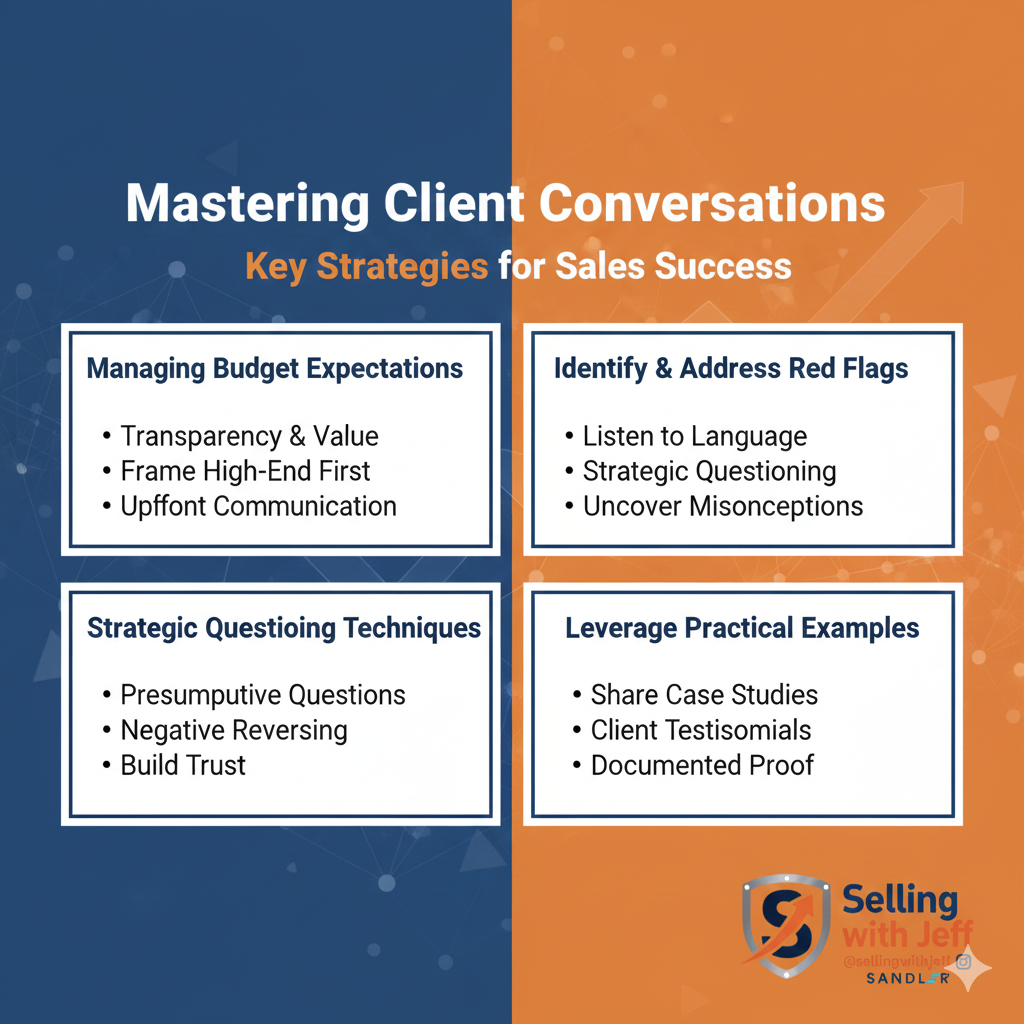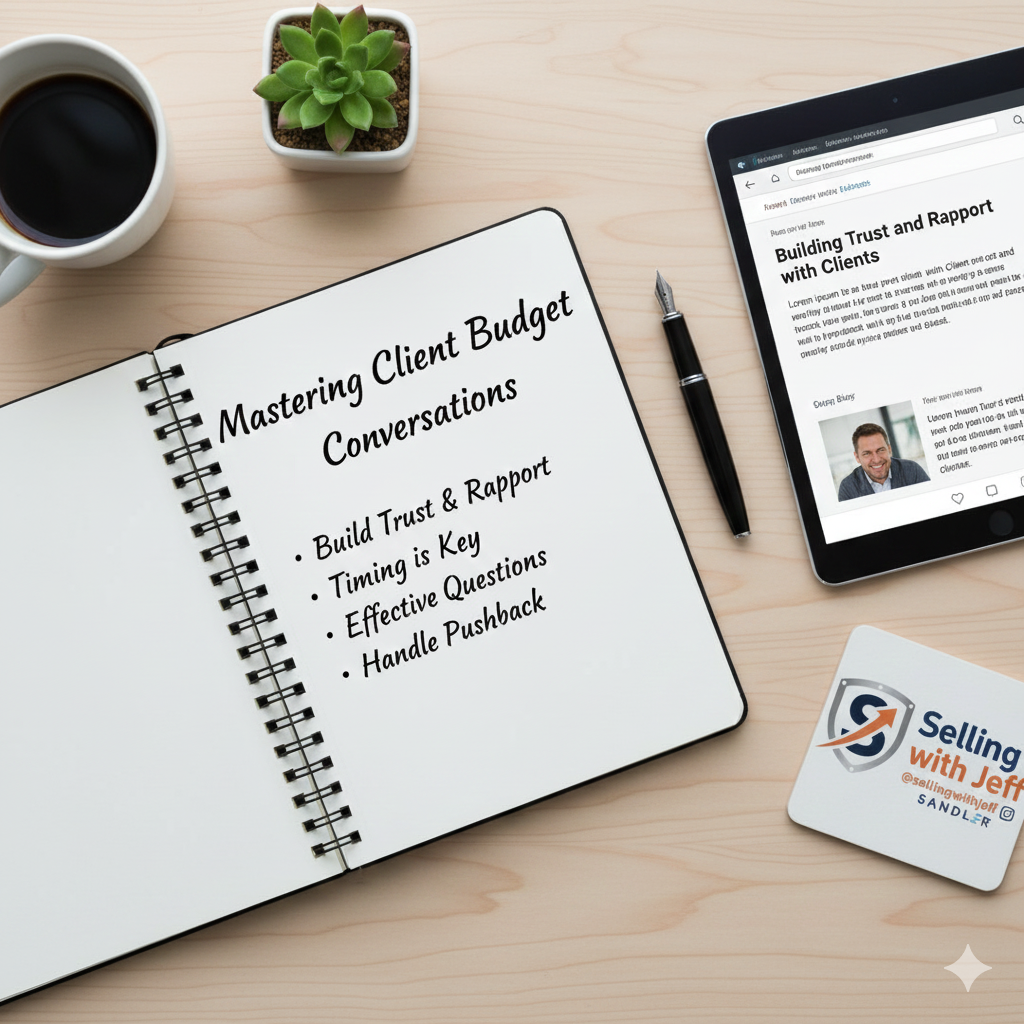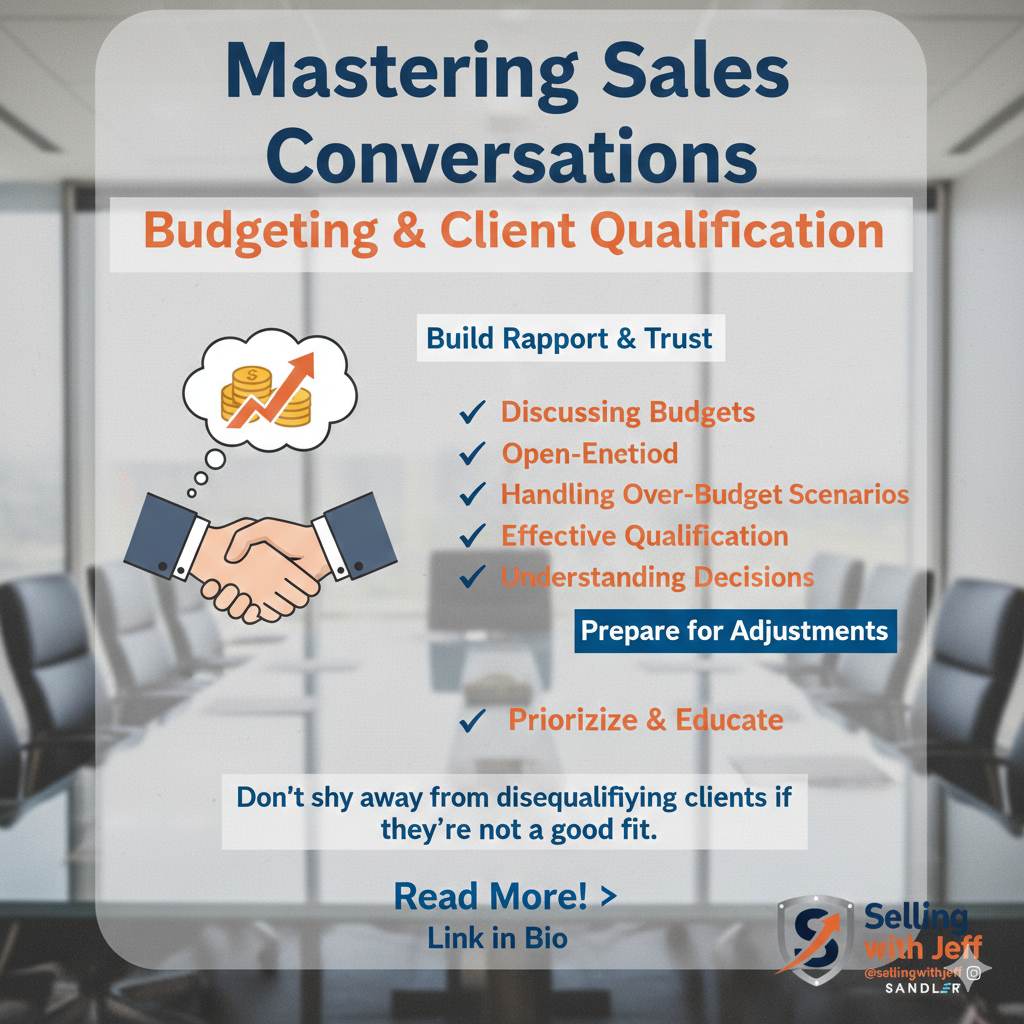Mastering Client Conversations: Key Strategies for Sales Success
Unlock the secrets to effective client communication with proven strategies to manage expectations, build trust, and close deals efficiently.
Posts by:

Unlock the secrets to effective client communication with proven strategies to manage expectations, build trust, and close deals efficiently.

Effective communication is the cornerstone of building trust with your clients. As a sales professional, your ability to establish a rapport and foster a genuine connection can make the difference between a one-time sale and a long-term relationship. Start by actively listening to your clients’ needs and concerns. This not only shows that you value their input but also helps you tailor your solutions to meet their specific requirements.

In the construction industry, setting clear expectations from the outset can significantly reduce the likelihood of client objections. Clear communication about project timelines, costs, and deliverables ensures that both parties are on the same page, fostering trust and transparency. By establishing a clear defined future (CDF) during initial discussions, you create a roadmap that guides the client through the project lifecycle. This approach not only helps in managing client expectations but also in preempting potential objections before they arise.

Establishing trust and rapport with clients is the cornerstone of any successful sales interaction, especially when discussing budgets. Begin by genuinely connecting with your clients. Show empathy and understanding for their unique needs and circumstances. By listening actively and demonstrating that you value their input, you lay the groundwork for a trusting relationship. Trust is not built overnight; it requires consistent, transparent communication and a genuine interest in helping clients achieve their goals.

Discussing budgets with clients can be one of the most challenging aspects of a sales conversation. However, mastering this art is crucial for setting realistic expectations and ensuring a successful project outcome. Start by building rapport and trust with your client. This foundation helps make the budget conversation smoother and less confrontational.